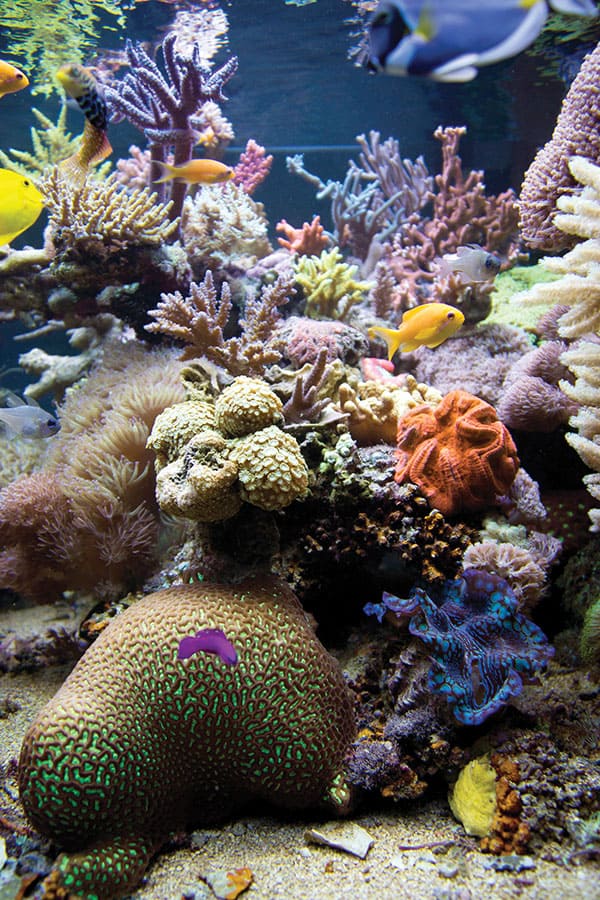Margaret Harris reviews Atmosphere of Hope by Tim Flannery

For a book with the word “hope” in the title, the latest work from the Australian climate scientist Tim Flannery certainly gets off to a depressing start. Atmosphere of Hope was written in the run-up to the climate summit in December 2015, when world leaders met in Paris to hash out a plan for reducing carbon emissions enough to limit global warming to 2 °C (a target that was later revised, optimistically, to 1.5 °C). But as the opening chapters of the book make clear, a planet that is “only” 2 °C warmer is not exactly a utopia. Both wild habitats and marginal crop-growing regions are expected to suffer at the 2 °C mark, while a mere 1.5 °C rise above pre-industrial average temperatures (which some experts regard as inevitable despite the Paris agreement)would be enough to damage most of the ocean’s coral reefs beyond recovery. “It fills me with despair to admit it, but my beloved Great Barrier Reef is doomed,” Flannery writes sadly.
But within this generally pessimistic picture, he argues that there are still reasons to be cheerful. Falling demand for coal, he notes, has hit prices in Australia and other major exporters, making it more likely that this dirty fuel will remain in the ground. Better still, he writes, there are signs that “some of the same mice that are eating away at coal’s future have entered the oil business”. The main reason for Flannery’s optimism, however, is what he calls “third-way technologies”: biological and chemical processes that could be harnessed to withdraw huge amounts of carbon dioxide (CO2) from the atmosphere. Most of them – from seaweed farms to a silicate mineral called olivine that naturally absorbs CO2 – are still at the demonstration stage, with more research required before they can be turned into large-scale projects.
As usual, the devil will be in the details, and in Atmosphere of Hope most of the really fine details are relegated to the footnotes. But with the outcomes of political negotiations uncertain, and geoengineering a minefield of unintended consequences, it is hard to argue with Flannery’s view that such technologies represent our best hope for avoiding a catastrophic degree of warming. The real question is whether the size of the solutions will match the magnitude of the problems – and at the moment, neither Flannery nor anyone else knows the answer.
- 2015 Penguin £7.99pb 288pp



